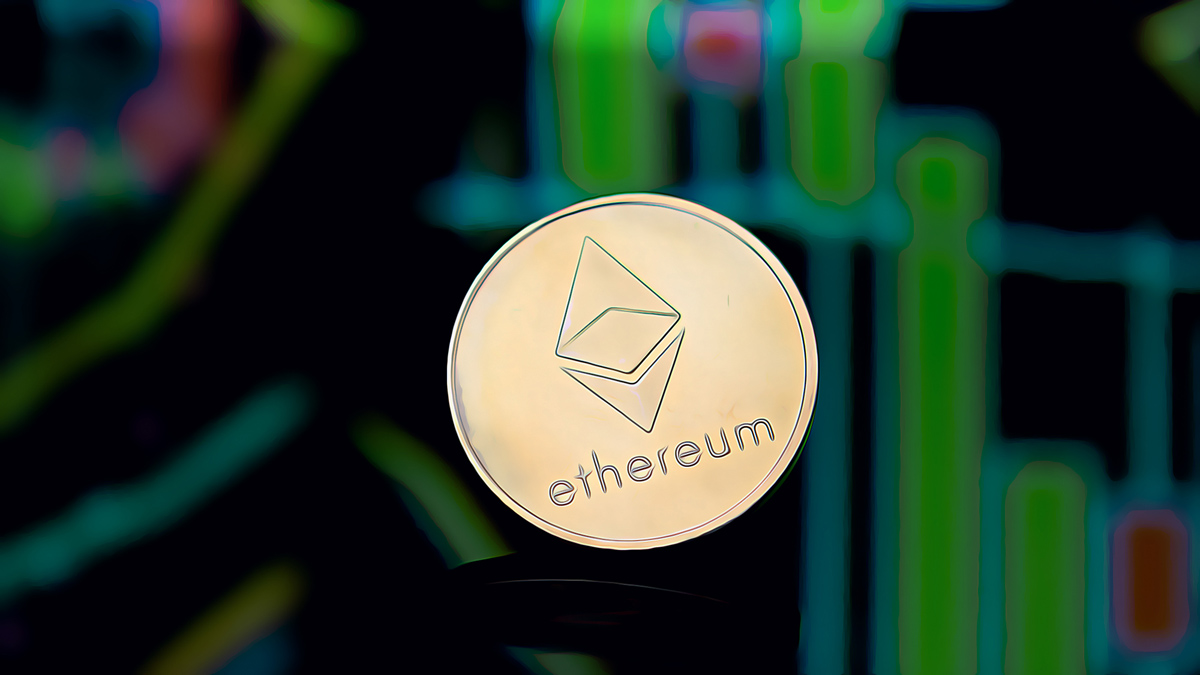Circle swiftly froze a $57 million USDC transfer on the Solana  $145 network, attributing the freezeAccount transactions to entities allegedly linked with the LIBRA team. The move showcased Circle’s effective use of stablecoin management keys, stirring robust debates about centralized control. The specific rationale for this action remains undisclosed, yet it quickly garnered attention across social media, reigniting discussions on central authority in the crypto space.
$145 network, attributing the freezeAccount transactions to entities allegedly linked with the LIBRA team. The move showcased Circle’s effective use of stablecoin management keys, stirring robust debates about centralized control. The specific rationale for this action remains undisclosed, yet it quickly garnered attention across social media, reigniting discussions on central authority in the crypto space.
USDC Centralized Control Sparks Renewed Debate
Circle has long emphasized adding freeze and block functions to its contracts, aiming to comply with US regulations. These measures, meant to halt transactions amidst sanction lists, court orders, or stolen fund claims, appear reassuring in theory. However, in practice, they provoke criticism for potentially limiting asset owner’s rights. Crypto enthusiasts advocating decentralization view Circle’s wallet access as intrusive, especially on fast and low-cost networks like Solana. Though Circle has previously implemented similar freezes, the $57 million single freeze marks one of the most notable incidents due to its magnitude. Central to the debate is the question of where the line between legal compliance and user freedom should be drawn. Institutional investors emphasize risk management, while retail investors insist on adhering to the decentralized ethos of cryptocurrency.
Accompanying the central control debate is the issue of transparency. Circle’s lack of clear communication on the wallet freezing rationale fuels speculation. While legal sanctions or fraud allegations might be at play, uncertainty grows in the absence of detailed explanations. Observers suggest that frequent occurrences might undermine trust in USDC, though some argue that well-exercised security mechanisms could enhance system credibility. These contrasting views shape the market’s perception, with some prioritizing “safe harbor” and others deepening the search for “decentralized alternatives.” Experts believe stablecoin issuers engaging in proactive communication could alleviate regulatory pressure and balance user concerns. This tension persists as new freeze orders potentially test these dynamics.
The Delicate Balance Between Regulation and Crypto Freedom
Stablecoins bridge fiat and the crypto world, acting as liquidity sources for exchanges and financial entities while attracting regulatory attention. Major economies, including the US Treasury and the EU, demand stringent reporting from stable asset issuers to mitigate money laundering risks. Circle asserts merging “market confidence” and “compliance” seamlessly; however, the lock function embedded in smart contracts enables disabling wallets with a click. While this “protective” approach garners support from legal and cybersecurity circles, pro-freedom communities criticize it. Consequently, the regulatory-freedom tension directly impacts the stablecoin market’s growth rate.
Sector professionals note increasingly selective user behavior. According to reviews, bond-backed alternative stablecoin projects or on-chain collateral algorithmic models gain popularity. Investors balance control risks by steering towards non-intervenible systems, yet heightened regulatory pressure might hinder complete reliance on undetectable solutions. A market ideal embraced by the masses might necessitate hybrid models offering security and autonomy. Circle’s recent freeze decision underscores the need to clarify the transition zones between regulation and technical architecture. Each company action provides critical signals for future projections on user freedom’s position. Thus, inspecting issuer policies becomes a strategic prerequisite for investors.

 Türkçe
Türkçe Español
Español








